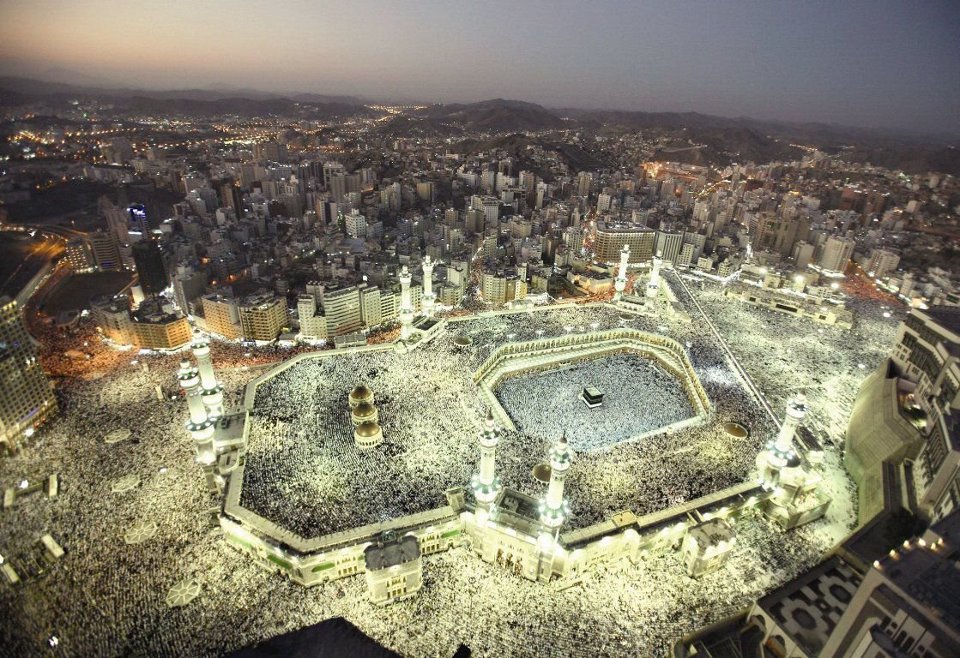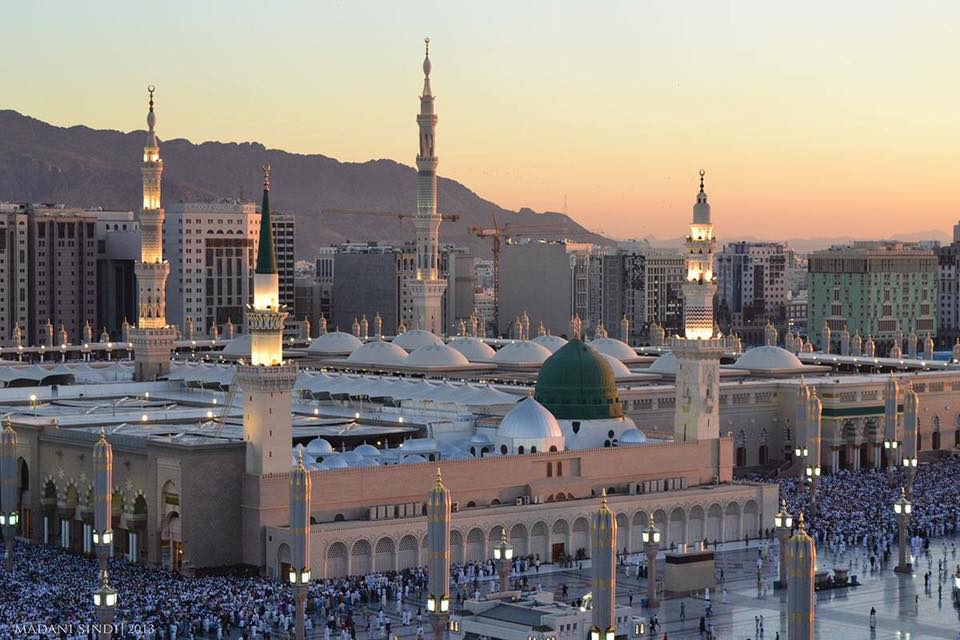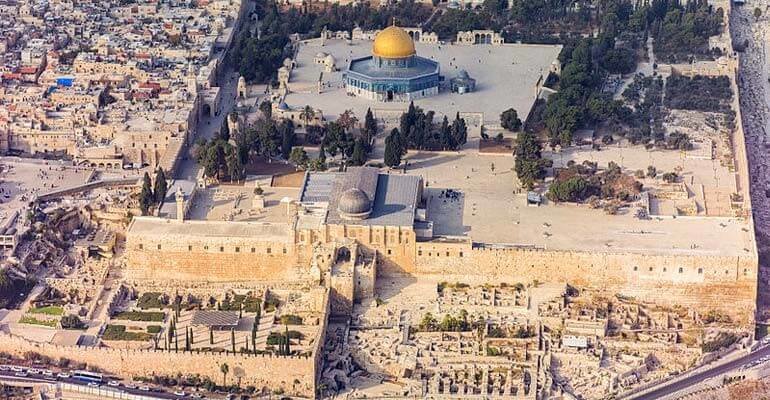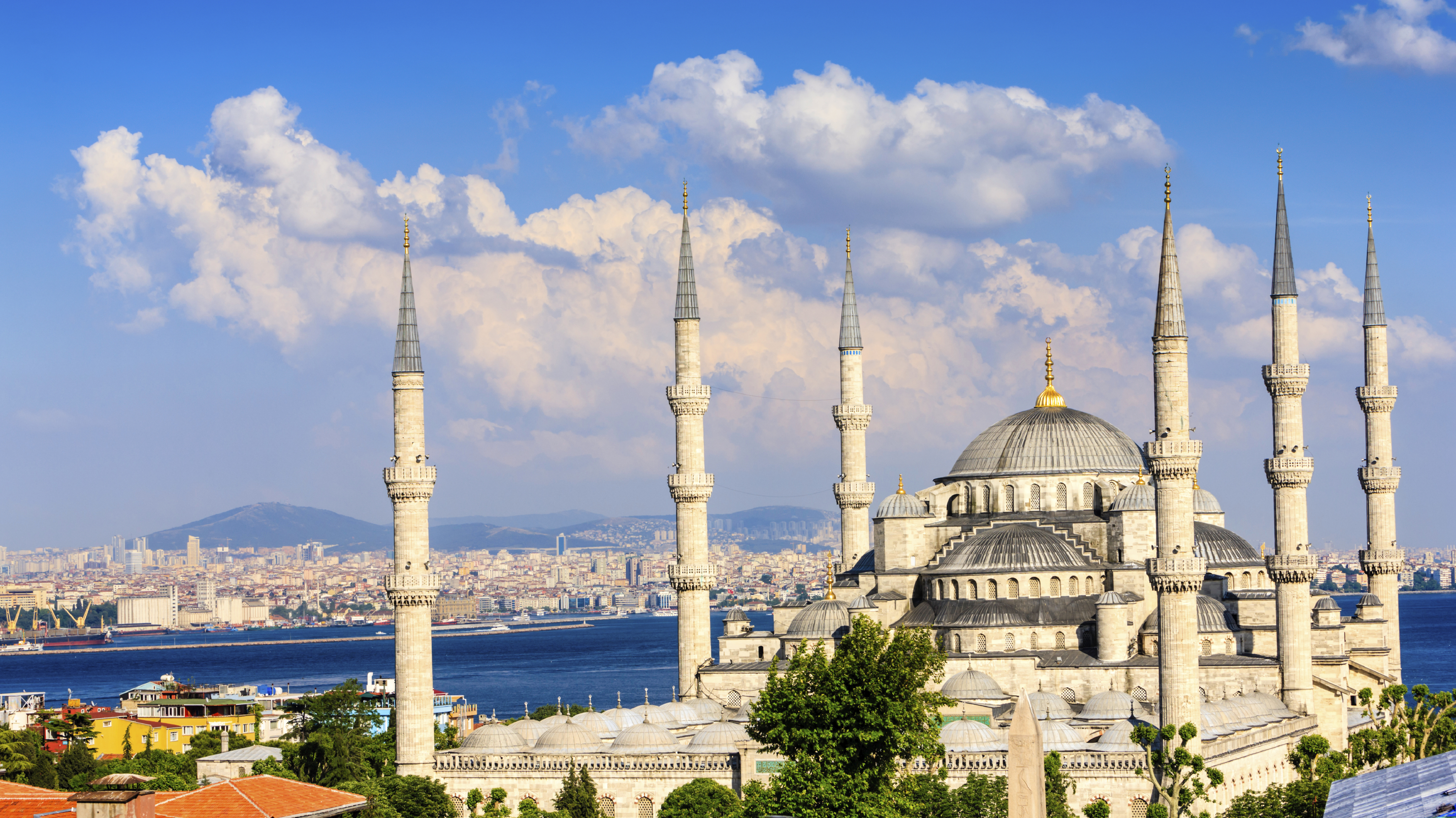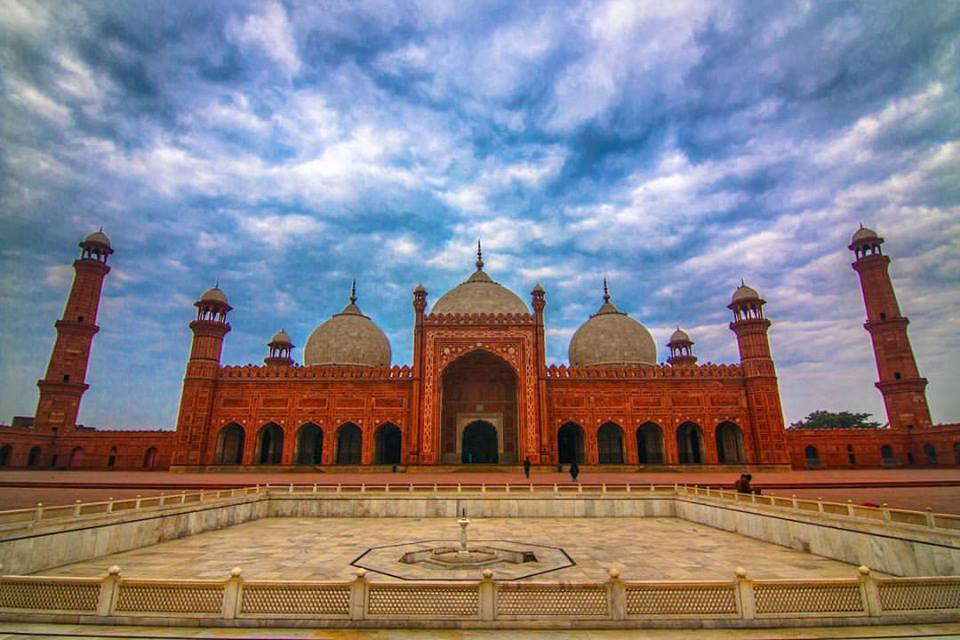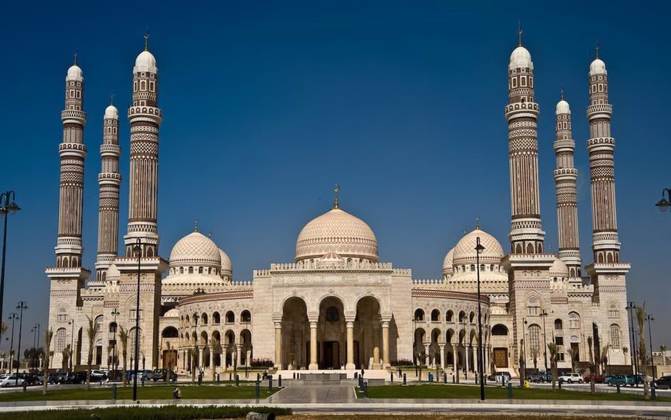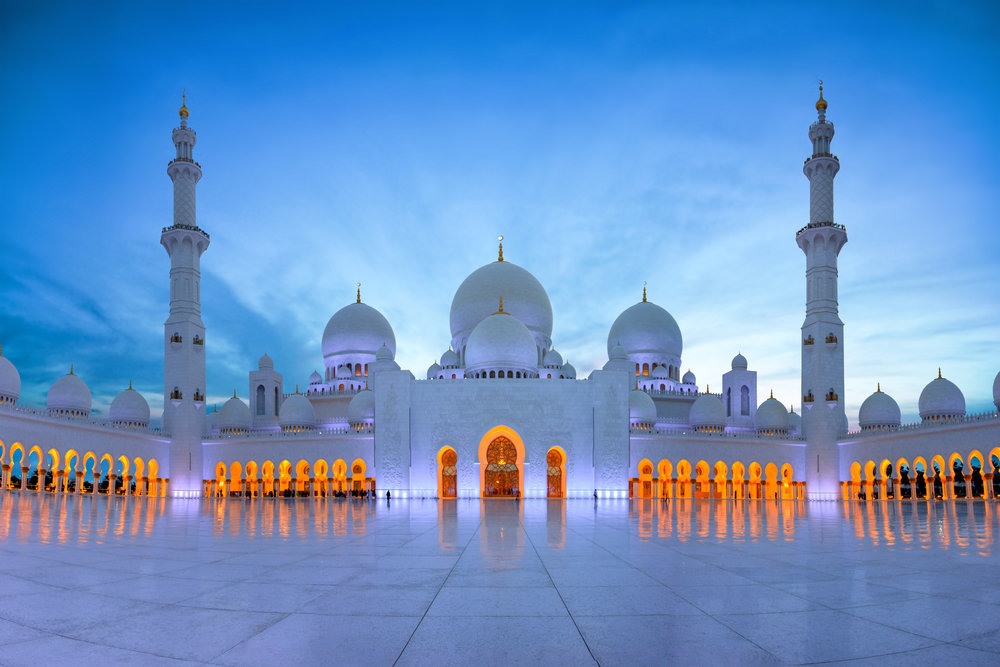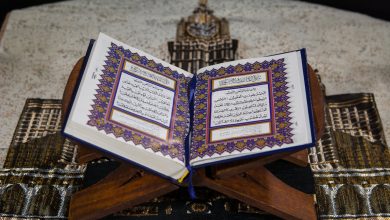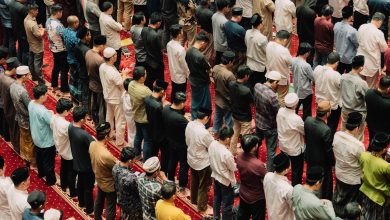Top 7 Largest Mosques in the World
A mosque is a place where Muslims worship. The word mosque comes from the Arabic word masjid. . A larger, ‘collective’, mosque is called a masjid jāmi. Larger mosques offer more services to their community.
For many Muslim people, a mosque is more than a place of worship. Muslims worship, study and discuss Islam.They are also used to teach about Islam. Religious festivals and gatherings are held in masjid.
There is list of some largest mosques around the world.
Al Haram Mosque – Macca, Saudi Arabia
Al-Haram Mosque”the Sacred Mosque also called the Great Mosque of Mecca or Grand Mosque of Makkah,] is the largest mosque in the world, and surrounds the Islamic Qiblah that is the Kaaba in the city of Mecca, Saudi Arabia.
It is a site of pilgrimage for the Hajj, which every Muslim must do at least once in their lives if able, the rites of which includes circumambulating the Kaaba within the mosque. It is also the main phase for the ‘Umrah, the lesser pilgrimage that can be undertaken any time of the year. The Great Mosque includes other important significant sites, including the Black Stone, the Zamzam Well, Maqam Ibrahim, and the hills Safa and Marwa.
Al-Masjid an-Nabawi – Medina, Saudi Arabia
Masjid Nabwi is a mosque established and originally built by the Prophet Muhammad PBUH, situated in the city of Medina Saudi Arabia. It was the third mosque built in the history of Islam, and is now one of the largest mosques in the world.It is the second-holiest site in Islam, after Masjid al-Haram in Mecca.
Al Aqsa Mosque – Jerusalem, Palestine
Al-Aqsa Mosque is the third holiest site in Islam and is located in the Old City of Jerusalem. It is One of the Three Most Sacred Mosques. Masjid Al-Aqsa is the second Mosque built on Earth. It was built Forty years after the Ka’bah. Al-Aqsa mosque was the First Qiblah that Muslims were ordered to pray towards prior to Ka’bah.
Blue Mosque – Istanbul, Turkey
he Blue Mosque (Called Sultanahmet Camii in Turkish) is an historical mosque in Istanbul. The mosque is known as the Blue Mosque because of blue tiles surrounding the walls of interior design.Mosque was built between 1609 and 1616 years, during the rule of Ahmed I. Just like many other mosques, it also comprises a tomb of the founder, a madrasa and a hospice. Besides still used as a mosque, the Sultan Ahmed Mosque has also become a popular tourist attraction in Istanbul.
Besides being tourist attraction, it’s also a active mosque, so it’s closed to non worshipers for a half hour or so during the five daily prayers.
Badshahi Mosque – Lahore, Pakistan
The Badshahi Mosque “Emperor’s Mosque” was built in 1673 by the Mughal Emperor Aurangzeb in Lahore, Pakistan. It is one of the city’s best known landmarks and a major tourist attraction epitomising the beauty and grandeur of the Mughal era.
Capable of accommodating over 55,000 worshippers, Badshahi is the second largest mosque in Pakistan, after the Faisal Mosque in Islamabad. The design of the Badshahi Masjid is closely related to the Jama Masjid in Delhi, India, which was built in 1648 by Aurangzeb’s father, Emperor Shah Jahan.
Badshahi Masjid is one of the famous locations where Qari Basit (1927-88), a widely acclaimed Egyptian Qur’anic Recitor, recited the Qur’an.
Saleh Mosque – Sana’a, Yemen
The Saleh Mosque is the largest and most modern mosque in Sana’a, Yemen. In November 2008, Yemeni President Ali Abdullah Saleh inaugurates it and it is named in his honor. The mosque, 27,300 square metres (294,000 sq ft) in size, has a central hall which is 13,596 square metres (146,350 sq ft) with an occupancy capacity of 44,000. The building cost nearly US$60 million to construct. Open to non-Muslims, the mosque is frequented by tourists, and promotes moderate Islam.
Sheikh Zayed Mosque – Abu Dhabi, UAE
The Sheikh Zayed Grand Mosque stands out as one of the world’s largest mosques. The mosque’s architects were British, Italian and Emirati. Design inspiration was borrowed parts of Turkey, Morocco, Pakistan, and Egypt. Among other Islamic countries, revealing a glistening architectural marvel with an astonishing capacity of 40,000 worshippers and visitors.
The open-door policy invites tourists and celebrants from all around the world who can witness the spectacular onion-top domes.
The reflective pools that engulf the courtyard and the iconic prayer hall. Which not only overflows with blissful sunlight, but also houses the world’s biggest chandelier and carpet, both meticulously handmade. Be sure to spot the calligraphy encircling the hollows of the domes, etched with verses from the Quran.
